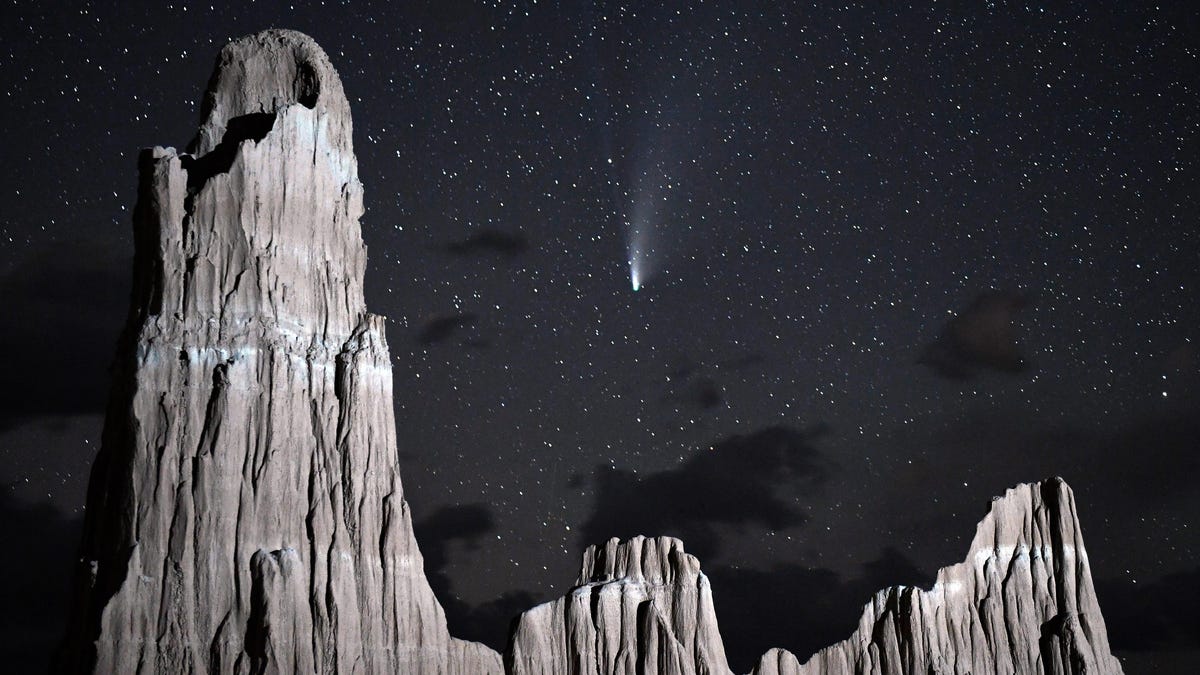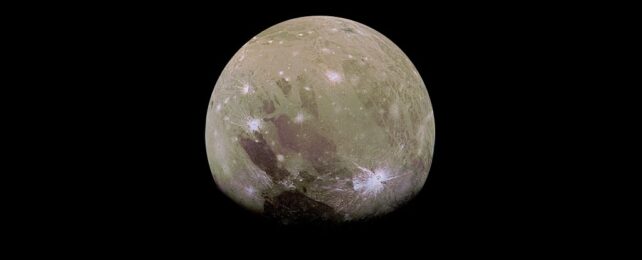
Scientists now believe Miranda and Ariel, the smallest and second-smallest of Uranus’s five major moons, could be expelling vapour plumes - which on other moons in the solar system are thought to come from subsurface oceans.

A UK team of astronomers found an ultramassive black hole, an object over 30 billion times the mass of our Sun, in the foreground galaxy – a scale rarely seen by astronomers.

A massive eruption of solar material, known as a coronal mass ejection or CME, was detected escaping from the Sun at 11:36 p.m. EDT on March 12, 2023. Even though the CME erupted from the opposite side of the Sun, its impacts were felt at Earth.

US scientists say they've found evidence of a volcanic eruption in data captured 30 years ago by the Magellan spacecraft.

An asteroid large enough to destroy a city has passed between the orbits of the Earth and the Moon, missing both.

NASA and Axiom Space have revealed a new spacesuit design — and it could be these very suits that are eventually worn by the first woman and person of color to walk on the moon.

New findings suggest the water originates from the space between solar systems, billions of years before the birth of our sun.

An incoming comet, C/2023 A3 (Tsuchinshan-ATLAS), recently spotted by telescopes in China and South Africa could be as bright as a planet in the night sky next year, according to astronomers who studied the object.

There could have been two scenarios with the two Big Bangs. The Hot Big Bang, as in the standard picture, creates the hot plasma of visible matter and radiation and the dark matter, however, could have been created in a later, ‘darker’ Big Bang.

An international team has analyzed samples taken from the asteroid Ryugu in 2018 by the Hayabusa2 mission and found uracil, one of the five key bases of the RNA and DNA molecules that are crucial to life as we know it.

One of the most common sources of magnetic fields on large scales comes from the collisions between and within interstellar plasma. This is one of the major sources of magnetic fields for galactic-scale magnetic fields.

The host star, TOI-5205, is just about four times the size of Jupiter, yet it has somehow managed to form a Jupiter-sized planet, which is quite surprising.

Two newly discovered forms of frozen salt water could help scientists resolve a mystery concerning the Solar System's ice-encrusted moons.

A comma-shaped molecular cloud near the center of the Milky Way seems to be orbiting one of the most sought-after objects in astronomy - an intermediate black hole.

The new layer of the inner core consists of an iron-nickel alloy, like other parts of the core, but it has a different crystal structure.